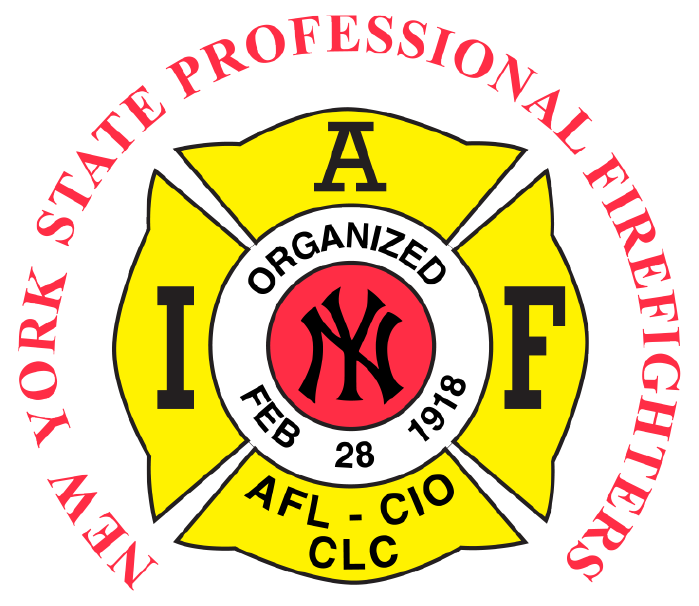As state budget negotiations near an end, the 18,000-member New York State Professional Fire Fighters Association (NYSPFFA) is asking the governor to provide appropriate cancer coverage to professional state firefighters.
A provision that is offered in the Senate one-house budget extends the time from two years to five that a retired career firefighter can apply for disability benefits for certain types of cancers that are more prevalent among those in the fire service. Sen. Marty Golden and Assemblyman Peter Abbate have been the primary sponsors of the bill.
The governor vetoed the bill last year, despite overwhelming legislative support. In his 2016 veto message, the governor wrote, “These costs must be addressed in the context of the annual budget negotiations.”
“Gov. Cuomo last year asked for this bill protecting firefighters and their families to be included in the budget,” said Sam Fresina, NYSPFFA president. “Our organization greatly appreciates the Senate’s inclusion of this legislation in its one-house budget proposal, and now is the time for the governor, the Senate and the Assembly to work together to grant this necessary protection to New York’s firefighters.”
Studies have shown that career firefighters are diagnosed with cancer at a much higher rate than the general population. In recent decades, plastics, chemicals used in the production of home goods and technological devices expose first responders to high levels of carcinogens and other toxins.
However, New York lags behind many other states regarding the time limit firefighters have to apply for cancer presumptive benefits, including Alaska (five years), California (10 years), Massachusetts (five years), Nevada (five years), Pennsylvania (more than 11 years) and Vermont (10 years).
“There is no good moral, ethical or fiscal reason for rejecting it again,” Fresina said.
NYSPFFA represents approximately 18,000 men and women working full-time as members of municipal fire departments across the state. NYSPFFA advocates on behalf of members who serve in 106 local unions, 41 counties and in the boroughs of New York City.
